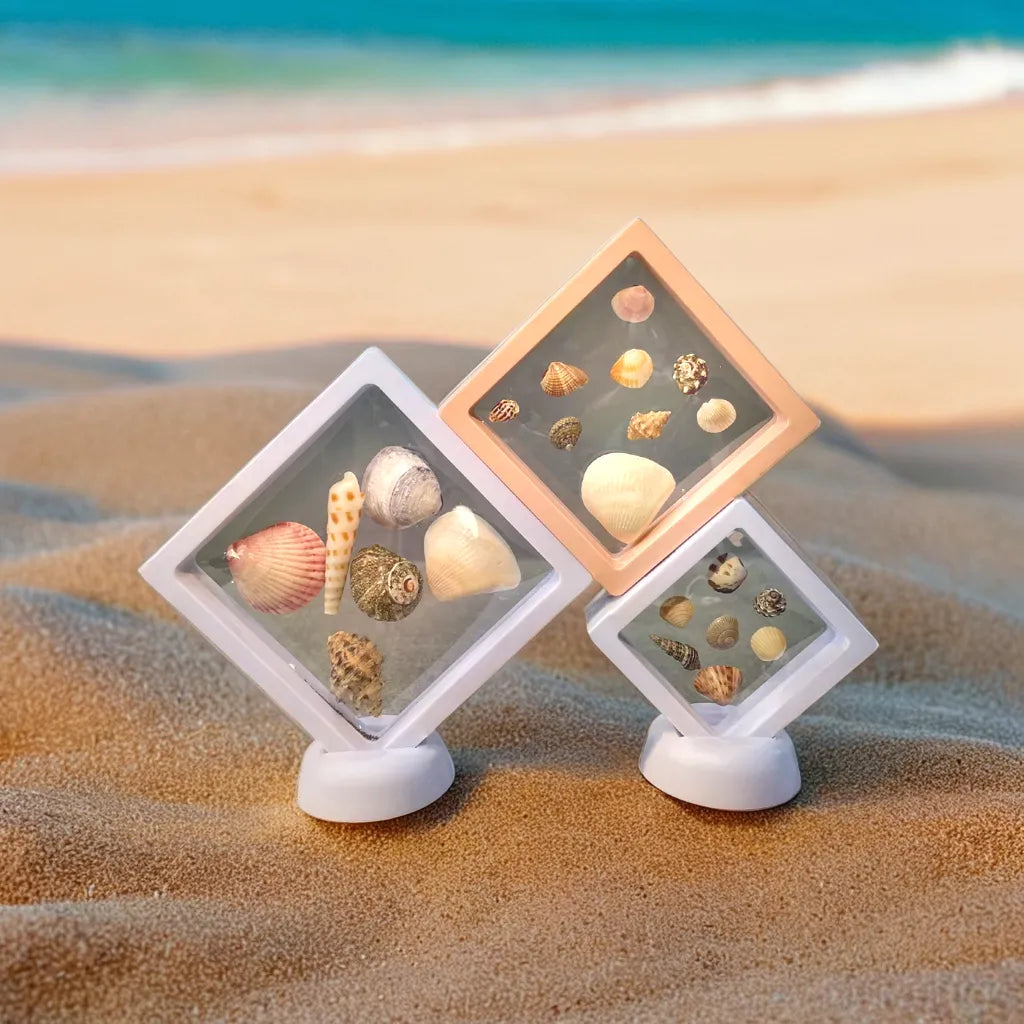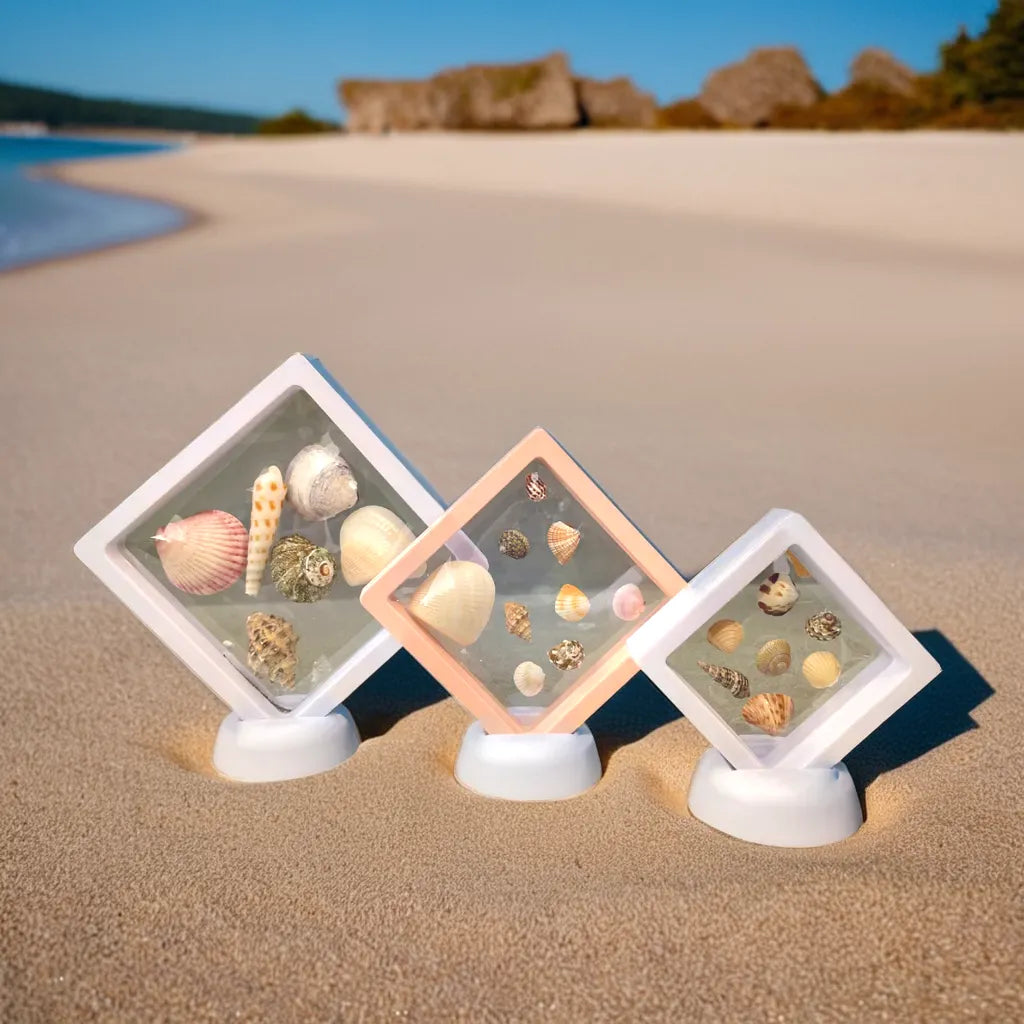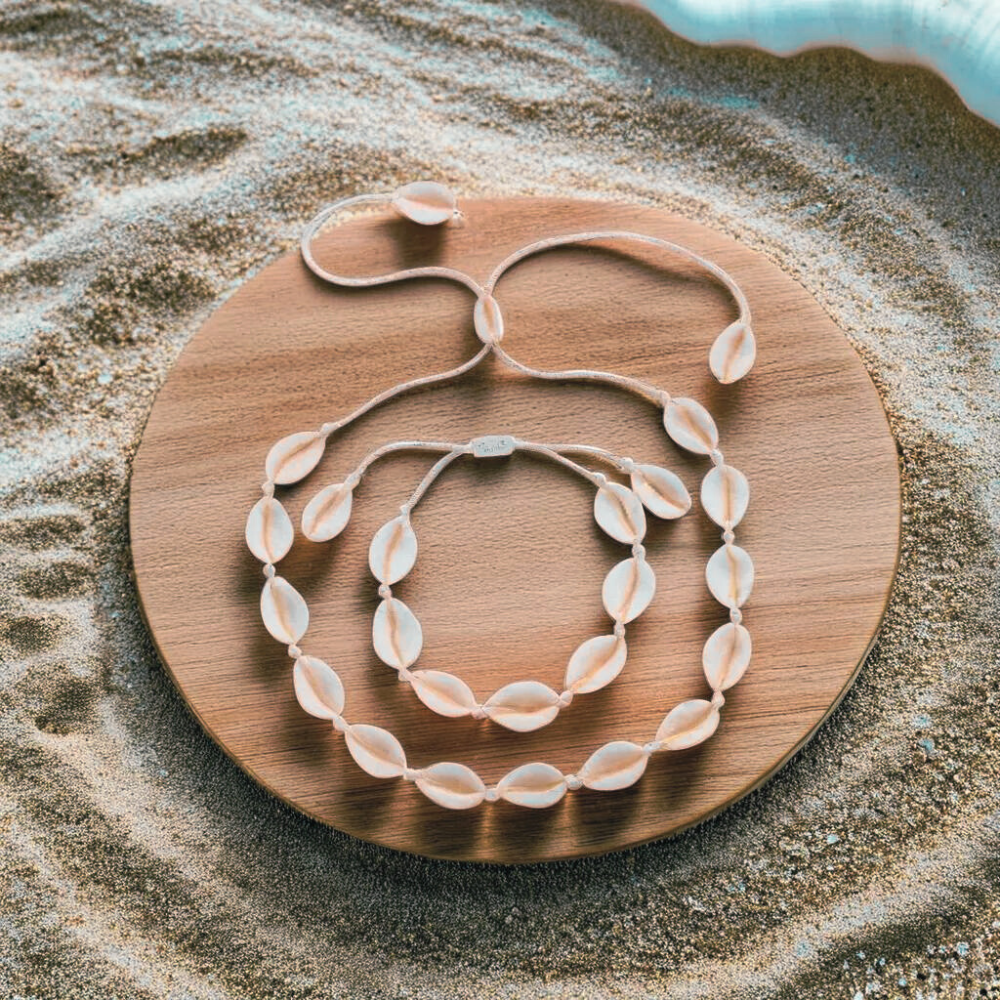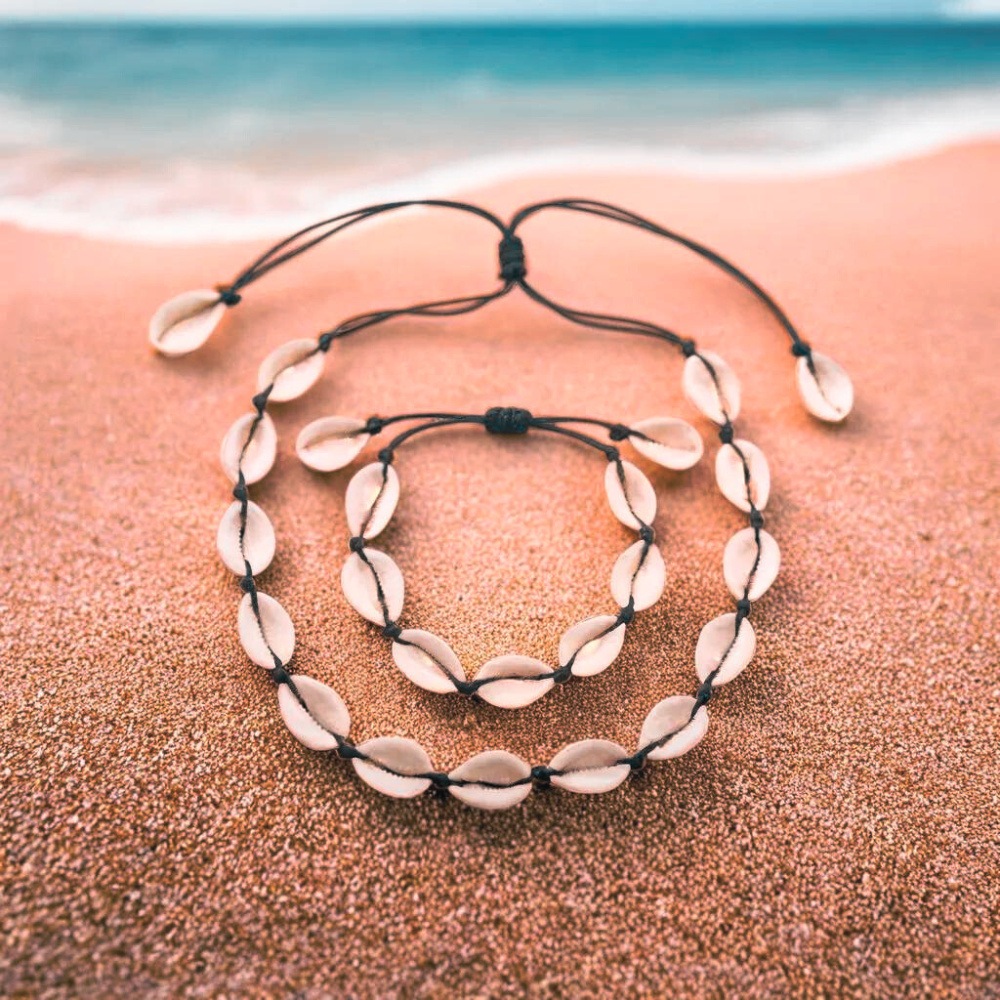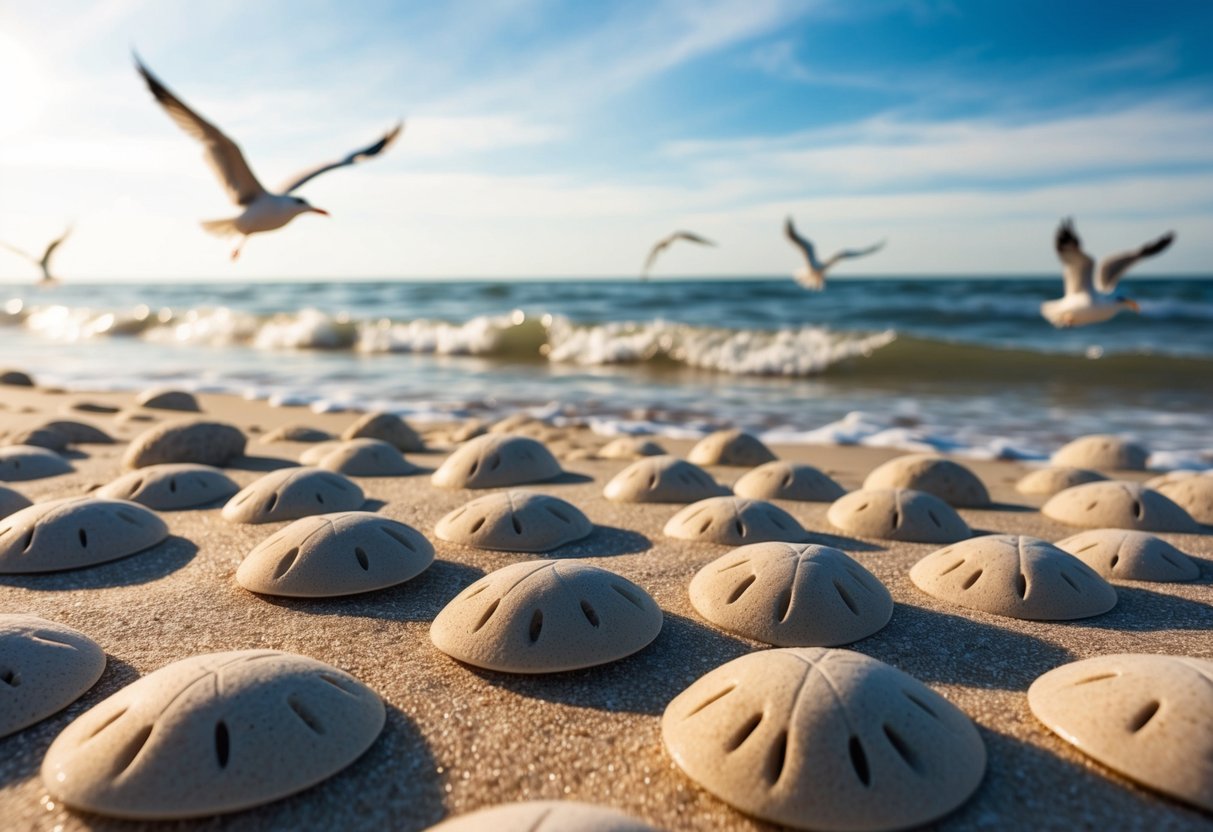Sand dollars are often surrounded by myths and misconceptions. Understanding the truth about these fascinating creatures can clear up common misunderstandings and reveal the real story behind their existence. From their unusual biology to the ecology they support, there's much more beneath the surface than tales of mermaids or lost treasure.
 Many people believe sand dollars are simply shells that wash up on the beach, but they are actually living organisms, related to sea stars and sea urchins. Their unique physical traits and behavior play a vital role in their habitats, making them important to marine ecosystems. This article will explore the myths tied to sand dollars and provide factual insights into their lives and significance.
With knowledge of these creatures, readers can appreciate sand dollars in a new light. Discovering the truth behind common myths not only enriches the beachcombing experience but also promotes awareness for their preservation and ecological importance.
Many people believe sand dollars are simply shells that wash up on the beach, but they are actually living organisms, related to sea stars and sea urchins. Their unique physical traits and behavior play a vital role in their habitats, making them important to marine ecosystems. This article will explore the myths tied to sand dollars and provide factual insights into their lives and significance.
With knowledge of these creatures, readers can appreciate sand dollars in a new light. Discovering the truth behind common myths not only enriches the beachcombing experience but also promotes awareness for their preservation and ecological importance.
 Sand dollars are not coins, but flat, burrowing sea urchins. They belong to a group called echinoderms, which includes other marine animals like sea stars and sea cucumbers.
These creatures typically live in shallow waters along coastlines, particularly in the Northern Hemisphere. When they wash up on beaches, they can become bleached by the sun, making them look like silver coins.
People often confuse them with coins due to their shape and color. The name "sand dollar" also adds to this mix-up, suggesting a connection to currency.
Legends further complicate the perception of sand dollars. Some tales claim they represent lost coins from mermaids or Atlantis. Others connect them to Christian symbolism, with beliefs linking their shapes and markings to stories from the life of Jesus Christ.
Key Facts:
Sand dollars are not coins, but flat, burrowing sea urchins. They belong to a group called echinoderms, which includes other marine animals like sea stars and sea cucumbers.
These creatures typically live in shallow waters along coastlines, particularly in the Northern Hemisphere. When they wash up on beaches, they can become bleached by the sun, making them look like silver coins.
People often confuse them with coins due to their shape and color. The name "sand dollar" also adds to this mix-up, suggesting a connection to currency.
Legends further complicate the perception of sand dollars. Some tales claim they represent lost coins from mermaids or Atlantis. Others connect them to Christian symbolism, with beliefs linking their shapes and markings to stories from the life of Jesus Christ.
Key Facts:
 Many people have misunderstandings about sand dollars. These myths often include their living status, connections to currency, and their distinctive shapes. Addressing these misconceptions can enhance appreciation for these unique creatures.
Many people have misunderstandings about sand dollars. These myths often include their living status, connections to currency, and their distinctive shapes. Addressing these misconceptions can enhance appreciation for these unique creatures.
 Many people believe sand dollars are simply shells that wash up on the beach, but they are actually living organisms, related to sea stars and sea urchins. Their unique physical traits and behavior play a vital role in their habitats, making them important to marine ecosystems. This article will explore the myths tied to sand dollars and provide factual insights into their lives and significance.
With knowledge of these creatures, readers can appreciate sand dollars in a new light. Discovering the truth behind common myths not only enriches the beachcombing experience but also promotes awareness for their preservation and ecological importance.
Many people believe sand dollars are simply shells that wash up on the beach, but they are actually living organisms, related to sea stars and sea urchins. Their unique physical traits and behavior play a vital role in their habitats, making them important to marine ecosystems. This article will explore the myths tied to sand dollars and provide factual insights into their lives and significance.
With knowledge of these creatures, readers can appreciate sand dollars in a new light. Discovering the truth behind common myths not only enriches the beachcombing experience but also promotes awareness for their preservation and ecological importance.
Key Takeaways
- Sand dollars are living creatures, not just empty shells.
- Common myths about sand dollars often misrepresent their significance.
- Understanding sand dollars enhances appreciation for marine ecosystems.
The Origin of Sand Dollars
 Sand dollars are not coins, but flat, burrowing sea urchins. They belong to a group called echinoderms, which includes other marine animals like sea stars and sea cucumbers.
These creatures typically live in shallow waters along coastlines, particularly in the Northern Hemisphere. When they wash up on beaches, they can become bleached by the sun, making them look like silver coins.
People often confuse them with coins due to their shape and color. The name "sand dollar" also adds to this mix-up, suggesting a connection to currency.
Legends further complicate the perception of sand dollars. Some tales claim they represent lost coins from mermaids or Atlantis. Others connect them to Christian symbolism, with beliefs linking their shapes and markings to stories from the life of Jesus Christ.
Key Facts:
Sand dollars are not coins, but flat, burrowing sea urchins. They belong to a group called echinoderms, which includes other marine animals like sea stars and sea cucumbers.
These creatures typically live in shallow waters along coastlines, particularly in the Northern Hemisphere. When they wash up on beaches, they can become bleached by the sun, making them look like silver coins.
People often confuse them with coins due to their shape and color. The name "sand dollar" also adds to this mix-up, suggesting a connection to currency.
Legends further complicate the perception of sand dollars. Some tales claim they represent lost coins from mermaids or Atlantis. Others connect them to Christian symbolism, with beliefs linking their shapes and markings to stories from the life of Jesus Christ.
Key Facts:
- Biological Classification: Echinoderm, closely related to sea stars and sea urchins.
- Habitat: Found in sandy ocean floors.
- Appearance: Bleached shells resemble coins.
Common Misconceptions
 Many people have misunderstandings about sand dollars. These myths often include their living status, connections to currency, and their distinctive shapes. Addressing these misconceptions can enhance appreciation for these unique creatures.
Many people have misunderstandings about sand dollars. These myths often include their living status, connections to currency, and their distinctive shapes. Addressing these misconceptions can enhance appreciation for these unique creatures.
Living vs. Fossilized Status
A common misconception is that all sand dollars found on beaches are alive. In reality, only the dark, fuzzy ones are living. They are delicate sea creatures that can be traced back to the echinoid family. Living sand dollars have coating of tiny spines which help them move across sandy ocean floors. When a sand dollar dies, it loses this covering, leaving behind a light-colored, smooth shell. Some people might see these shells and mistake them for living ones. It is essential to recognize the difference for conservation efforts. Releasing living sand dollars back into the ocean is vital for their survival as they cannot last long outside water.Currency Legends
Another myth suggests that sand dollars were used as currency long ago. This idea stems from the unique patterns engraved on their shells, which some believe resemble coins. However, there is no evidence or historical record to support this claim. The markings on sand dollars are actually the remnants of their feeding structures. Known as "petals," these designs serve scientific purposes rather than monetary ones. Understanding their true nature helps dispel unfounded stories linking sand dollars to money and reminds people of their ecological importance.Five-Pointed Design Myths
People often associate the five-pointed design of sand dollar shells with various symbolic meanings, like good luck or spirituality. This belief persists in many cultures and creates a false narrative around the sand dollar's significance. In truth, the five points are merely a result of the sand dollar's biological structure. These points, called "petals," are where the animal’s tube feet and feeding structures are located. They play no role in luck or spiritual symbolism. Appreciating the sand dollar for its biological and ecological role is more rewarding than believing in myths.Sand Dollar Biology
Sand dollars are a type of sea creature that belongs to the group known as sea urchins. They are part of the order Clypeasteroida. There are many families within this group, which makes them diverse. These animals are recognized by their unique flat, hard bodies. Their shape allows them to burrow into sandy ocean floors. They can be found from the intertidal zones to deeper sea areas. The hard exterior of sand dollars is called the test. This test is often found washed up on beaches and is a favorite among beachcombers. When living, the sand dollar has a fuzzy appearance due to tiny hair-like structures. Sand dollars mainly feed on small particles in the sand. They use their tube feet to collect food. This helps them play an important role in their ecosystem. Key Features:- Shape: Flat and round
- Habitat: Sandy ocean bottoms
- Diet: Small organic particles
Ecological Impact
Sand dollars play important roles in their ecosystems and have distinct life cycles that contribute to marine environments. Understanding these aspects can help appreciate their significance in ocean ecology.Role in Ecosystem
Sand dollars are essential to the marine ecosystem. They feed on small organic particles, contributing to sediment health. Their ability to sift through sand helps aerate the ocean floor. This activity promotes nutrient cycling, which is vital for the growth of algae and other marine plants. Additionally, sand dollars serve as food for various predators, including fish and crabs. Their presence indicates a healthy ocean habitat. Changes in sand dollar populations can signal shifts in environmental conditions, making them important bioindicators.Reproduction and Lifespan
Sand dollars have unique reproduction patterns. They can reproduce through external fertilization, meaning that males and females release sperm and eggs into the water separately. This method increases the chances of successful fertilization. A single female can produce millions of eggs in a season. The lifespan of a sand dollar usually ranges from 6 to 10 years. Young sand dollars, known as larvae, drift in the ocean before settling on the ocean floor to mature. Their growth and reproduction cycles are influenced by water temperature and food availability, impacting population numbers and ecological balance.Symbolism and Lore
The sand dollar is rich in symbolism and has many legends associated with it. One of the most well-known legends suggests that breaking a sand dollar reveals five dove-shaped teeth. These symbolize peace and goodwill. Another popular belief is that the five-pointed star on its surface represents four elements—earth, air, water, and fire—along with spirit. This captures the idea of connection among all living things. In Christian symbolism, the sand dollar tells a story of the birth, crucifixion, and resurrection of Christ. Its unique shape serves as a reminder of these significant events. Different cultures may interpret the sand dollar in various ways. Some link it to the cycles of nature, such as the moon and tides, while others view it as a mysterious creature of the sea.Key Symbols of the Sand Dollar:
- Dove-shaped teeth: Represent peace and goodwill.
- Five-pointed star: Symbolizes earth, air, water, fire, and spirit.
- Shape: Reflects stories of Christ’s life in Christian lore.
Preservation and Collection
Collecting sand dollars can be a rewarding experience. However, preserving them properly is essential to maintain their beauty. Cleaning Tips:- Rinse the sand dollar gently with fresh water to remove sand and debris.
- Avoid harsh chemicals. Use mild soap or a mixture of water and white vinegar instead of bleach.
- Dry the sand dollar naturally on a towel after cleaning.
- Apply a glue mixture using a paintbrush. This will help protect the surface.
- Cover the glued side with plastic wrap and let it dry completely.
- Store sand dollars in a cool, dry place. Excess moisture can cause them to degrade.
- Use display cases or shadow boxes to showcase the collection while protecting it.






















